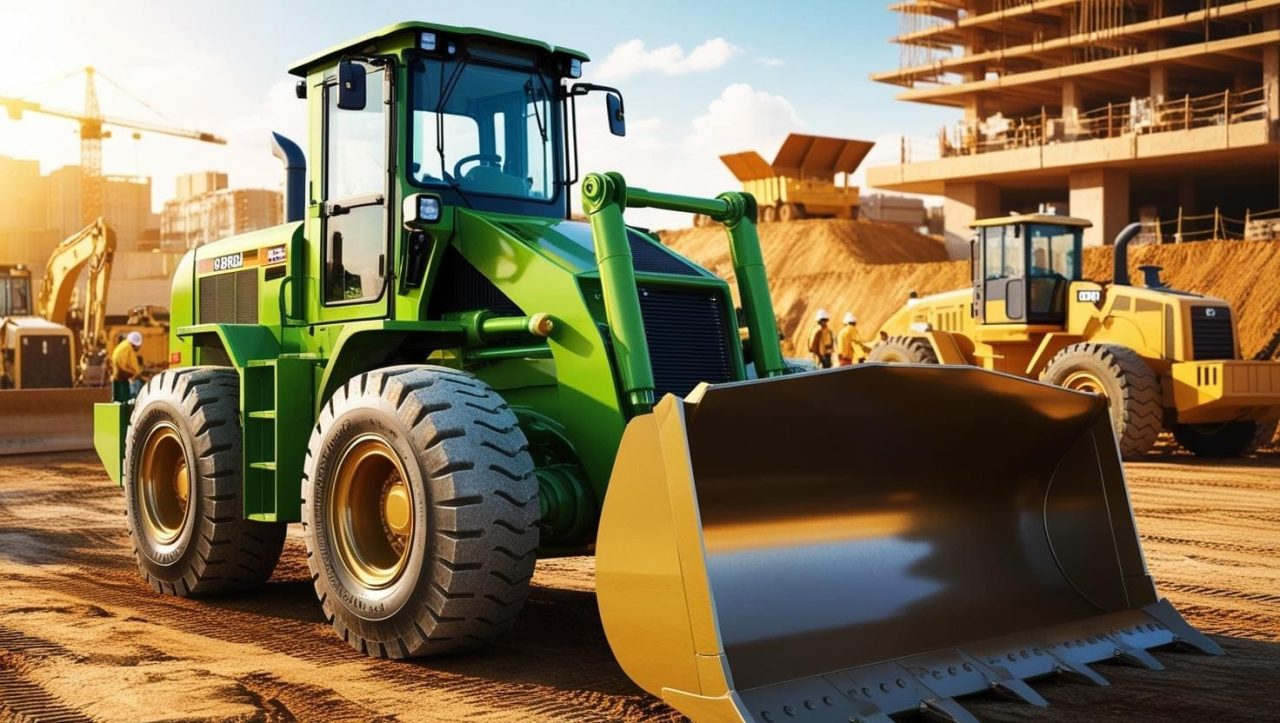Caterpillar sustainability report electrification shows 34% CO₂ cut, HVO engines, and circular economy gains in 2024

Caterpillar Sustainability Report
Caterpillar, a global leader in construction, mining, and infrastructure equipment, has released its 2024 Sustainability Report, mapping out an ambitious path toward industrial decarbonization.
The document outlines key strategies to address climate challenges and support customers in their energy transition. It highlights areas where emissions are already decreasing and others where continued innovation is crucial.
Emissions Down, Hybrid Technologies Up
Among the report’s standout achievements is a 34% reduction in direct CO₂ emissions (Scope 1 and 2) compared to 2018, surpassing Caterpillar’s 2030 goal of -30%. This progress stems from a combination of energy-efficient operations, investments in renewable energy, and the adoption of hybrid and electrified engines.
However, the company notes that 95% of its overall climate footprint still comes from Scope 3 emissions, mainly from diesel-powered engines, turbines, and heavy equipment in use by customers. Caterpillar aims to tackle this long tail of emissions through investments in technology flexibility, digitalization, and machine remanufacturing to extend product lifecycles and boost efficiency.
“By leveraging these key technologies, we help our customers navigate the evolving energy landscape with solutions that reduce greenhouse gases, offer energy flexibility, and improve both efficiency and productivity,” said Joseph Creed, Caterpillar’s new CEO.
Electrification Faces Real-World Challenges
The report states that 100% of Caterpillar products launched in 2024 are more sustainable than previous generations, meeting at least one of four criteria: higher efficiency, reduced waste, lower emissions, or designs optimized for remanufacturing.
More than 60 new product lines were introduced in 2024, though full electrification remains limited to a handful of models—such as small excavators. Larger machines like mining trucks present greater electrification challenges due to battery capacity and power requirements. Even so, Caterpillar is testing prototypes in partnership with clients.
“Electrifying industrial equipment is more complex than passenger vehicles,” the report notes. “Key concerns include battery life to last a full workday and charging infrastructure for remote job sites.”
Alternative Fuels: The Winning Move
According to Caterpillar, alternative fuels may yield faster results than electrification. The company is developing dual-fuel engines that run on methanol, biodiesel, or hydrogen.
A major milestone has been the full compatibility of Caterpillar diesel engines with HVO (Hydrotreated Vegetable Oil), a renewable fuel made from treated vegetable oils. Since 2022, over 30 million liters (8 million gallons) of HVO have been used through rental solutions, especially in California.
“We’re building solutions tailored to the unique needs of each customer, at every stage of their transition,” said George Moubayed, Chief Sustainability & Strategy Officer.
Caterpillar is also testing methanol dual-fuel engines, hydrogen-rich turbines, and hybrid systems for rail and marine applications. However, the company stresses that adoption depends heavily on local fuel availability and regulatory incentives.
Circular Economy as a Competitive Driver
Circularity is central to Caterpillar’s environmental strategy. In 2024 alone, the company recovered more than 71 million parts (157 million pounds) from end-of-life components. Sales of remanufactured products rose 42% compared to 2018. This approach reduces emissions by up to 87% compared to manufacturing new parts, while also cutting costs.
This effort includes a certification program that restores equipment to like-new performance standards, reducing the need for new materials and minimizing the overall carbon footprint.
Digitalization and Autonomous Driving
The report also explores how digital innovation is enabling decarbonization. Today, over 1.5 million Caterpillar machines are connected for remote monitoring. The company is even testing its first autonomous haul truck (Cat 777) at a site in Virginia.
Predictive systems, smart sensors, and consumption management platforms are helping customers optimize operations, reduce emissions, and increase safety, especially in remote or extreme environments.
“As global energy demand grows, our focus is to deliver solutions that reduce environmental impact while creating long-term value for our customers,” CEO Creed stated.
With over $30 billion invested in R&D over the last 20 years and $64.8 billion in revenue in 2024, Caterpillar positions itself as a pivotal force in the ongoing industrial transition.












